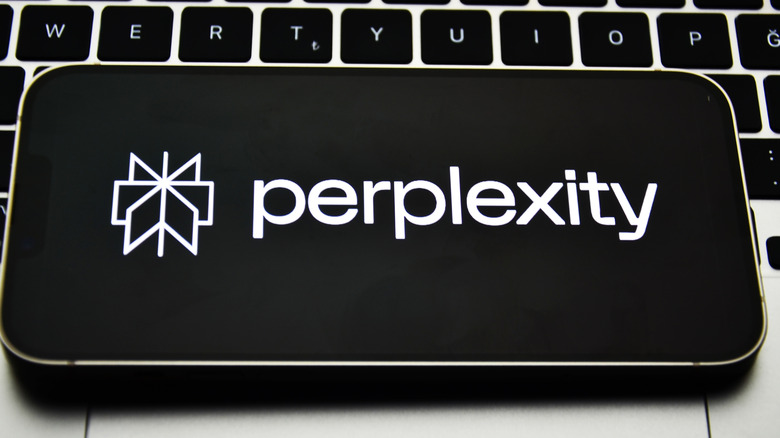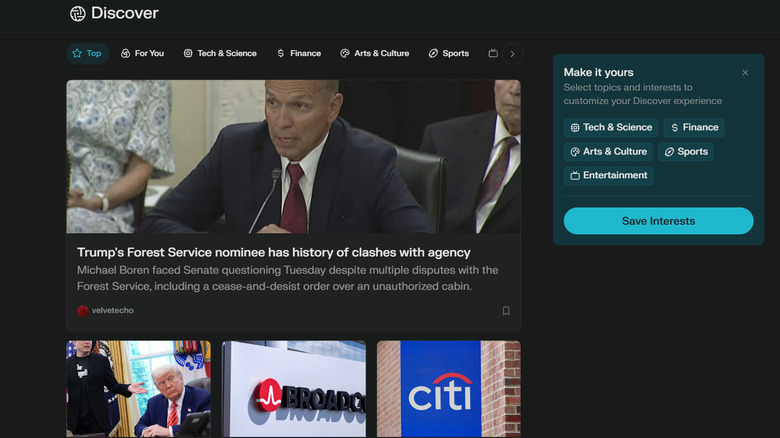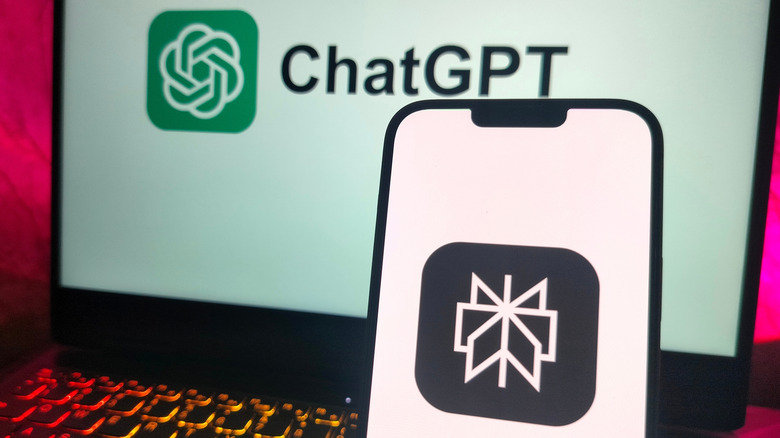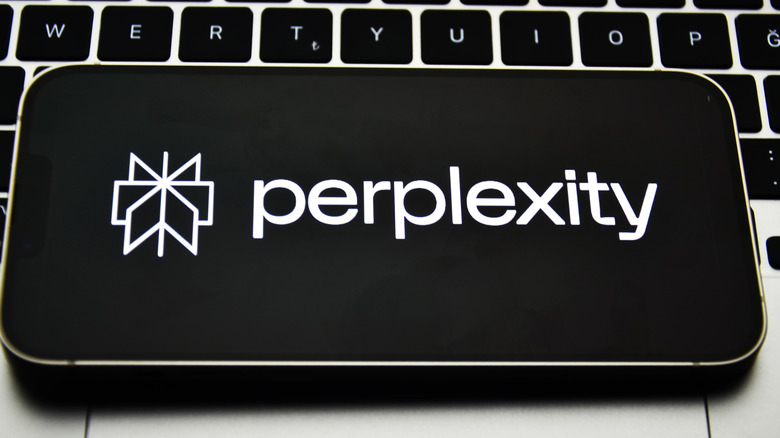Understanding Perplexity AI and ChatGPT
When AI chatbots like ChatGPT and Gemini first emerged, they demonstrated their utility in tasks such as drafting customized emails and refining code. However, Google search remained superior for tasks requiring live information or recent events.

While AI chatbots have evolved, Google Search is still more reliable for accurate information because it allows users to choose their sources, and AI chatbots can sometimes ‘hallucinate’ or provide inaccurate answers. Perplexity AI addresses this issue by offering a search engine alternative that reads through web sources and provides source-backed summaries, similar to Google’s AI overviews.
Key Features of Perplexity AI
Perplexity AI distinguishes itself from traditional chatbots through several features:
- It displays autocomplete suggestions while typing queries, similar to search engines.
- Responses are sourced and cited, enhancing transparency.
- Includes an ‘Images’ section with relevant images and a ‘Related’ section with similar topics.

Perplexity’s Discover feed provides AI-generated summaries of the latest events in various fields like tech, finance, and sports, based on media outlets.
Comparing Perplexity AI and ChatGPT
While both tools share some features, they excel in different areas. ChatGPT is more refined in tasks like email curation, code writing, and adapting to user preferences. Perplexity, on the other hand, allows switching between different AI models on its paid plan, including ChatGPT, Grok, Gemini, and Claude.

The choice between Perplexity and ChatGPT depends on user preference for search functionality. Perplexity is ideal for those who prefer quick, AI-generated summaries over traditional search results. While ChatGPT can replicate some of Perplexity’s functionality, it still feels more like a chatbot than a true search engine alternative.


